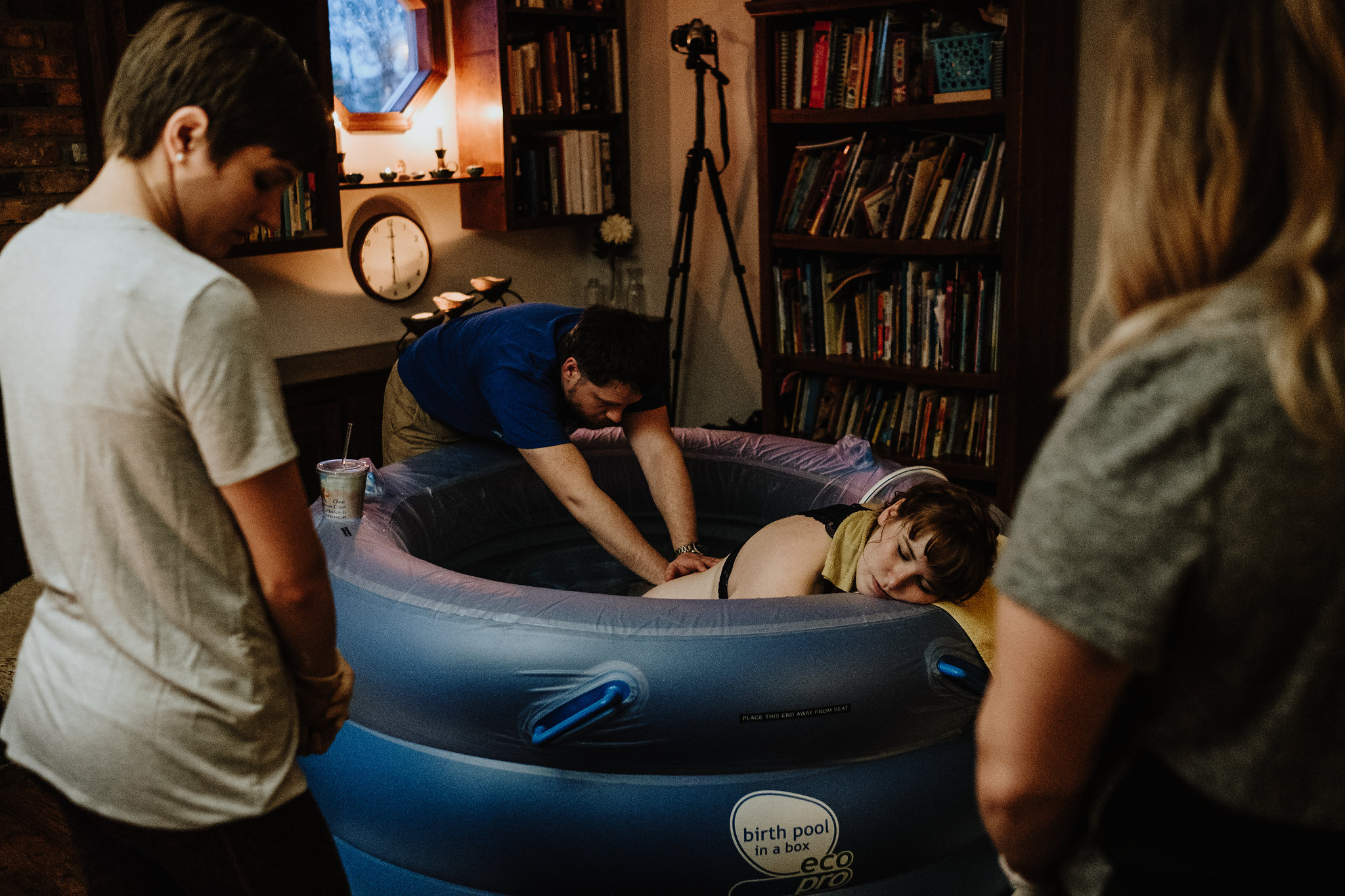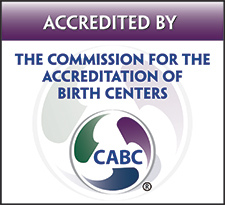There are four main types of midwives in the United States. While there is some overlap in their training and typical practice setting, each has a distinct path to midwifery.
CERTIFIED NURSE MIDWIVES (CNMS)
Licensed in all 50 states, certified nurse midwives must first become a registered nurse (RN), then complete graduate nursing education specific to midwifery. CNMs take boards through the American Midwifery Certification Board (AMCB) and are governed by the American College of Nurse Midwives (ACNM). They are considered primary care providers and are able to prescribe medication. Depending on the state, CNMs may need a collaborating agreement with a physician to practice. In New York State, CNMs maintain a high degree of autonomy and do not require a written collaborative agreement with a physician to practice. While CNMs can attend birth in any setting, most provide hospital birth. CNMs also provide well-woman and gynecological care.
CERTIFIED MIDWIVES (CMS)
Certified midwives take the same board exam as CNMs and are also governed by ACNM, but are not nurses. Instead, CMs have complete a bachelor’s degree in a health-related field other than nursing followed by a graduate midwifery education program. CMs are licensed in New York, Rhode Island, New Jersey, Delaware, and Maine. Like CNMs, they can prescribe medication, participate with insurance companies, and provide birth or well-woman care in any setting. Also similar to CNMs, most attend birth in the hospital setting.
CERTIFIED PROFESSIONAL MIDWIVES (CPMS)
Certified professional midwives do not require an academic degree but must show competency in specific knowledge/skill areas. CPMs are governed by the Midwives Alliance of North American (MANA) and National Association of CPMs (NACPM), and their education is overseen by the North American Registry of Midwives (NARM), which oversees an apprentice program for each prospective CPM that is at minimum 2 years in length. CPMs do not have the authority to prescribe medications but in some states may be able to obtain and administer certain medications. CPMs are licensed or regulated in 31 states and primary attend out-of-hospital (home and birth center) birth.
LAY MIDWIVES
Lay midwives are not certified or licensed as midwives but instead have obtained training through apprenticeship or self study.




